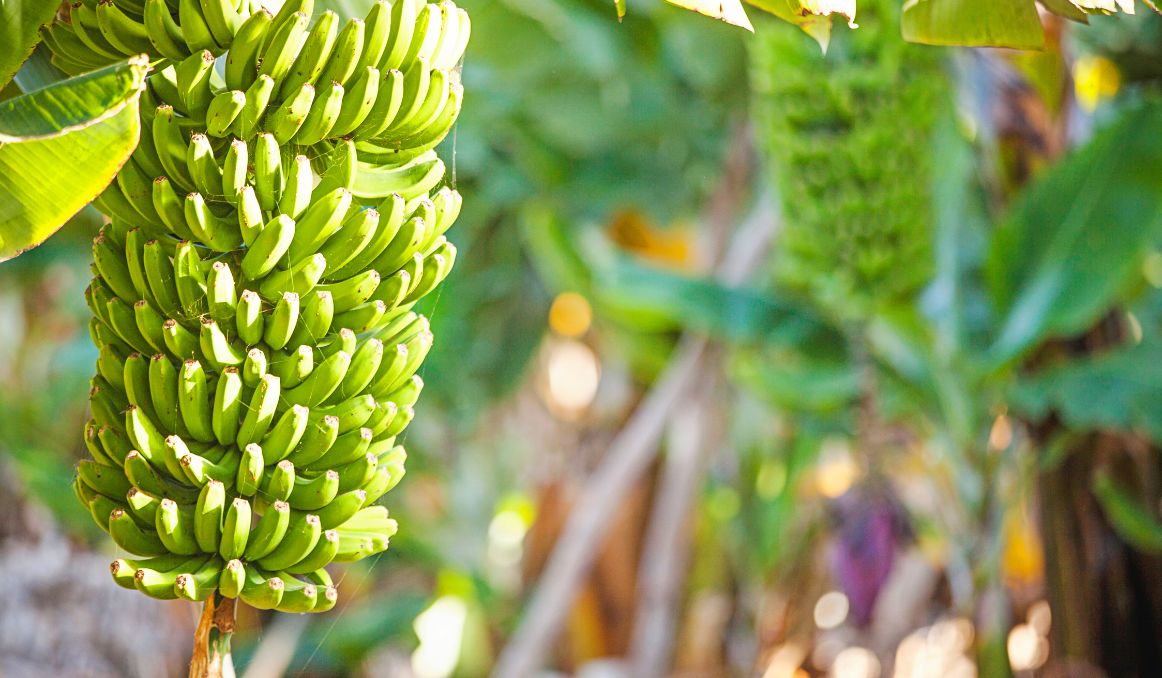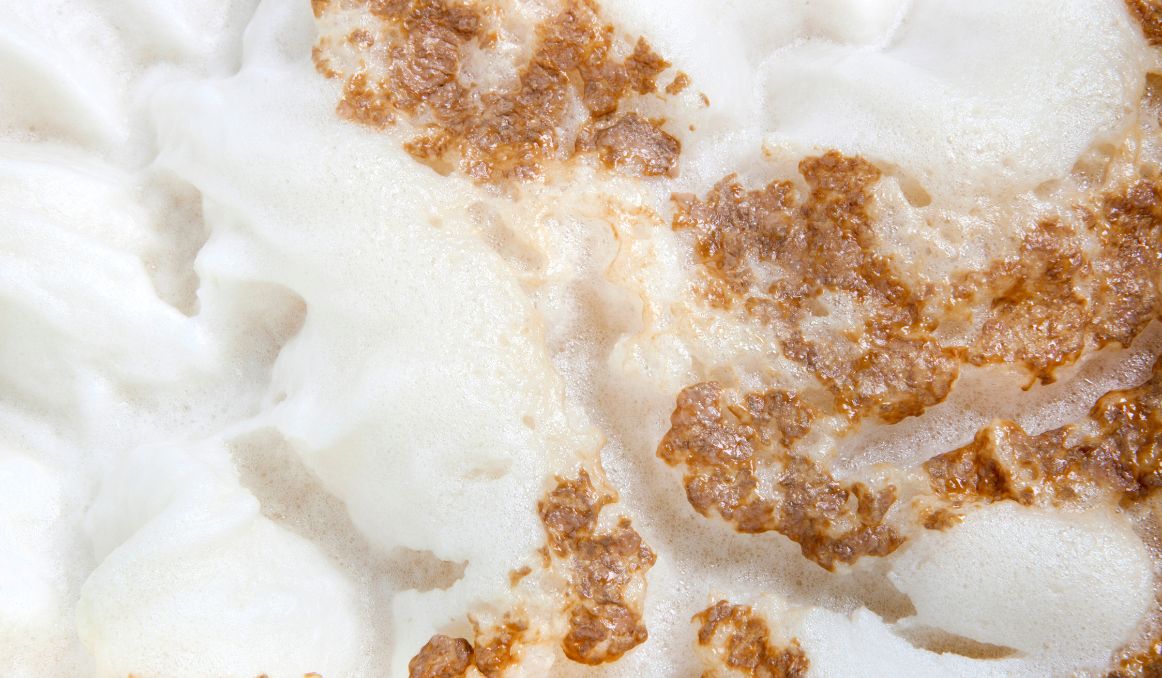Banana Flavor in Beer: When to Fix It and When to Welcome It
There are some beer drinkers who will tell you that all beer tastes like bananas. Other people will look at those people like they’re crazy. But the truth is, those banana tasters just have a highly advanced palate. That’s right. They are not crazy.
They are picking up flavors that we can barely detect.
So what’s up with banana flavor and beer?

Banana Flavor in Beer: Where Does It Come From?
Banana flavor in beer comes from an ester that is naturally produced by yeast during fermentation.
An ester is defined as an organic compound that reacts with water to produce alcohol. Essentially, esters occur when yeast consumes the sugars in the water of the wort to make beer.
Banana is not the only ester that occurs in beer, far from it. This particular ester is called Isoamyl acetate. It is the same ester found in, believe it or not, bananas. It is also found in pears.
The banana flavor is more pronounced in some beers and less pronounced in others, because of its flavor threshold, which rests between .6 to 1.2 ppm. This means that under this flavor threshold, you will barely be able to detect it. The higher that flavor threshold goes, the more likely you are to say “my beer tastes like bananas!”
Interestingly, we call this banana flavor an off flavor, even though it is typically quite welcome. In too large concentrations, however, the banana flavor can become overwhelming and take on a soap like flavor.
Think about it, how many people love bananas? Indeed, how many companies buy artificial banana flavoring to add to their foods?
All of that is the result of this isoamyl acetate.
When to Welcome Banana Flavor in Beer
In general, banana esters are quite welcome in wheat beers and other light and refreshing ales.
In fact, Bavarian Hefeweizens are designed specifically to showcase that banana flavor. Brewers spend years crafting recipes and choosing yeast that will produce this desired banana flavor without becoming overwhelming.
Other beers that include and welcome banana flavors are kristalweizen, witbier, Belgian blond ale, Belgian golden strong ale, Belgian strong pale ale, and gruit ale.
When to Fix Banana Flavor in Beer
At the same time, the banana flavor can be really wrong for some flavors. You should not taste banana in your stouts and your lagers, for example.
How do you correct for that?
First, be sure you select a yeast strain with a clean flavor profile and high attenuation. Yeast is probably the largest contributor to banana esters, so do your research in advance, and select stronger banana esters if you want them, and very little banana esters if you don’t want them.
Second, make sure that your fermentation is taking place at the lower end of your ideal temperature range. The higher the temperature you ferment at, the more likely you are to be pulling out those esters as the yeast creates alcohol.
Third, make sure you put your beer through secondary fermentation. Many brewers don’t realize how critical secondary fermentation is to mopping up.
Secondary Fermentation

Despite the fact that you filter out a lot of your yeast after primary fermentation, there is still plenty of yeast left in your beer, alive and active, that gets to work during secondary fermentation.
Think of secondary fermentation as the cleanup stage. Most of the off flavors and unwanted flavors in beer that, in fact, lead to dumping out entire batches, can be taken care of by simply allowing for a longer secondary fermentation phase.
It is during the secondary fermentation that the remaining yeast gets to work consuming all of those off flavors for energy and essentially rendering them inert, leaving you with a tasty, crisp, refreshing beer.
To sum up, if you want banana flavors in your beer to be detected by your beer drinkers, select for yeast that produces higher banana esters, brew at the higher end of your temperature range, and allow for a shorter fermentation, both primary and secondary.
If, instead, you are trying to avoid those banana flavors, select for yeast that produces much fewer banana esters, brew at the lower end of your temperature range, and allow for much longer fermentation periods.
Of course, all of these steps takes experimentation. You may find for example, that with your particular batch, a longer fermentation works well with a high banana yeast. You may also find that brewing at a lower temperature with a longer fermentation is ideal as long as you have found the perfect yeast.
The trick, as always, lies in you mastering your craft.
Cheers!
Passionate about the beer and/or wine making process? So are we! If you’re interested in finding out how you can use our technology to control fermentation and monitor your yeast, save work hours and improve the cost-efficiency of your business, drop us a line at [email protected] or check out our product pages:
- Oculyze BB 2.0 (Better Brewing) Yeast Cell Counter App + Hardware
- Oculyze FW (Fermentation Wine) Yeast Cell Counter App + Hardware
Also, you can now get access to a fully functional demo account to test your yeast via our Web App. Completely free of charge and with no commitment to purchase.
Sources:
- https://web.northeastern.edu/nuscicomm/2020/09/14/beer-tastes-like-bananas-period/
- https://beerandbrewing.com/off-flavor-of-the-week-estery/
Stay on top on important fermentation insights – subscribe to our monthly newsletter and receive a hand-picked selection of our most relevant articles straight to your inbox.
Never miss a beat and get real time updates with a new article each workday by subscribing our social media channels.
Instagram | Facebook | Twitter | YouTube


